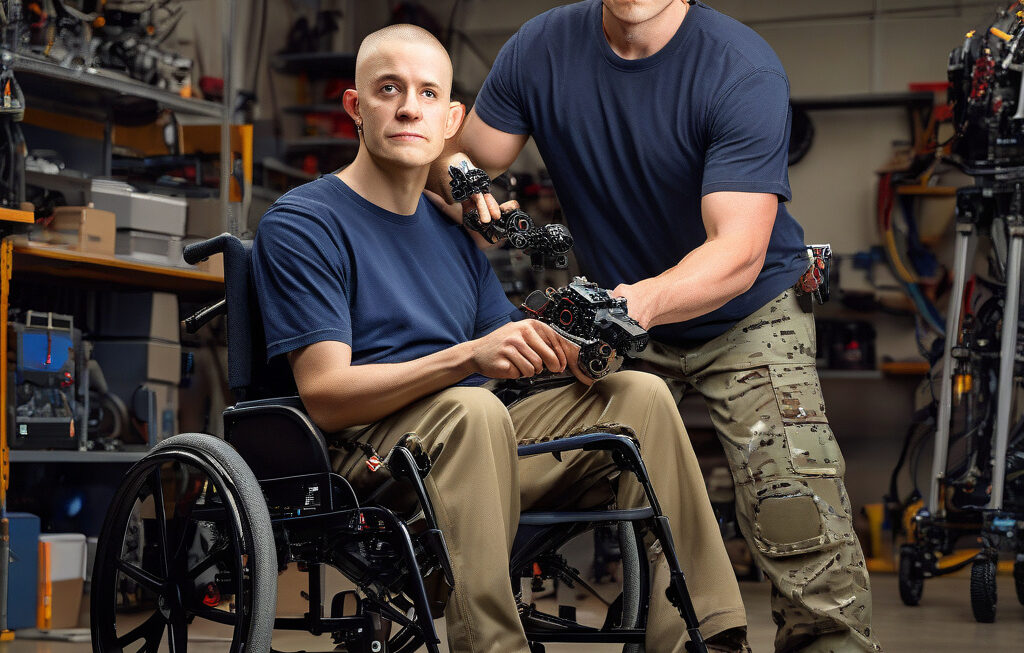Snake-like Robot with Tentacles Could Replace Divers in Risky Offshore Jobs
A new underwater robot designed with a soft, tentacle-like arm could change the way offshore operations are conducted. The innovative robot, inspired by the movement and flexibility of snakes, has the potential to revolutionize tasks that are currently performed by human divers in high-risk environments. With advancements in technology and engineering, this snake-like robot offers a safer and more efficient alternative for underwater operations.
One of the key advantages of this snake-like robot is its ability to navigate complex underwater structures with ease. The soft, tentacle-like arm allows the robot to maneuver through tight spaces and grasp objects with precision, making it ideal for tasks such as maintenance, inspection, and repair in offshore installations. By eliminating the need for human divers to perform these duties, the risk of accidents and injuries can be significantly reduced.
Moreover, the robot’s design enables it to operate at great depths where water pressure and environmental conditions can be extreme. This capability opens up new possibilities for conducting operations in challenging offshore locations that may pose risks to human divers. By deploying the snake-like robot in these environments, companies can enhance safety standards and minimize the potential for costly incidents.
In addition to its dexterity and resilience, the snake-like robot is equipped with advanced sensors and cameras that provide real-time feedback to operators. This feature allows for precise control and monitoring of the robot’s movements, ensuring that tasks are completed accurately and efficiently. Furthermore, the data collected by the robot can be analyzed to optimize operational processes and identify areas for improvement.
The potential applications of this innovative robot extend beyond the offshore industry. It could also be utilized in scientific research, environmental monitoring, and search and rescue missions in underwater environments. The versatility of the robot’s design makes it a valuable tool for a wide range of tasks that require agility, precision, and adaptability in aquatic settings.
As technology continues to advance, the development of robotic systems like the snake-like robot underscores the shift towards automation and remote operations in industries that were once reliant on manual labor. By leveraging robotics and artificial intelligence, companies can enhance efficiency, reduce costs, and improve safety outcomes in challenging work environments.
In conclusion, the emergence of the snake-like robot with tentacles represents a significant milestone in the evolution of underwater robotics. Its innovative design, combined with advanced capabilities, positions it as a viable alternative to human divers for performing a variety of tasks in offshore operations. As industries continue to embrace technological solutions for improving safety and productivity, the adoption of robots like this one is poised to reshape the future of underwater work.
robotics, offshore industry, underwater operations, automation, safety.












